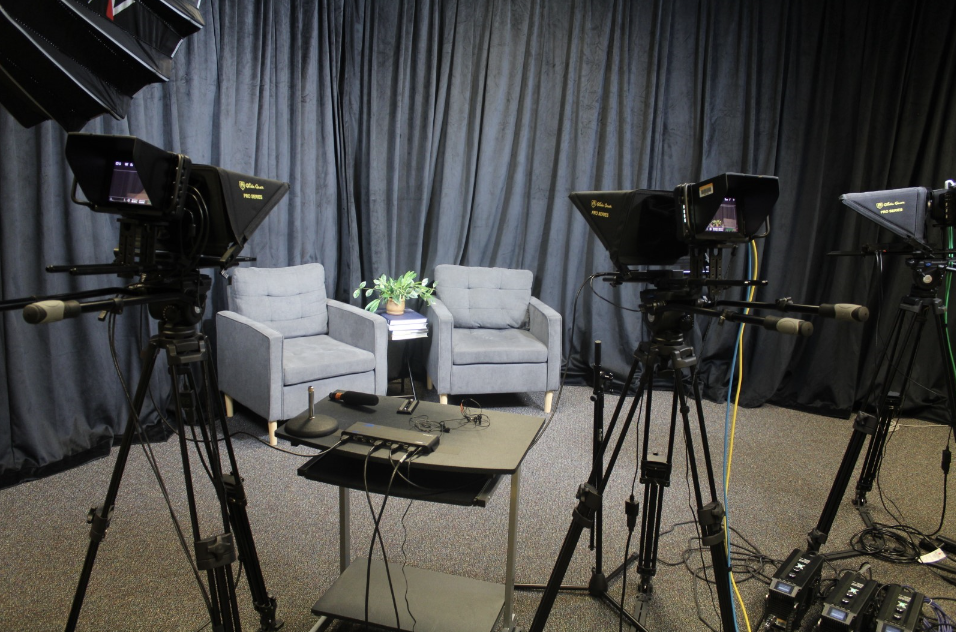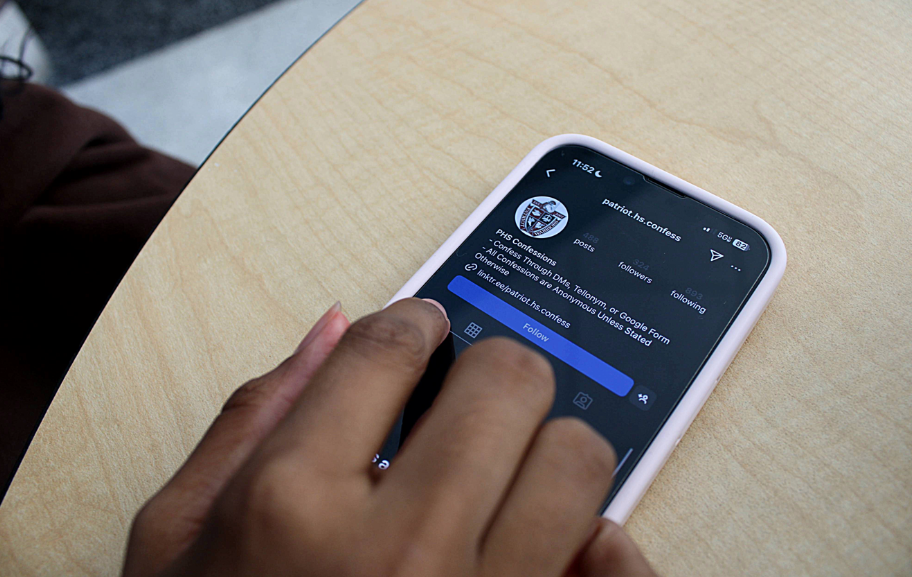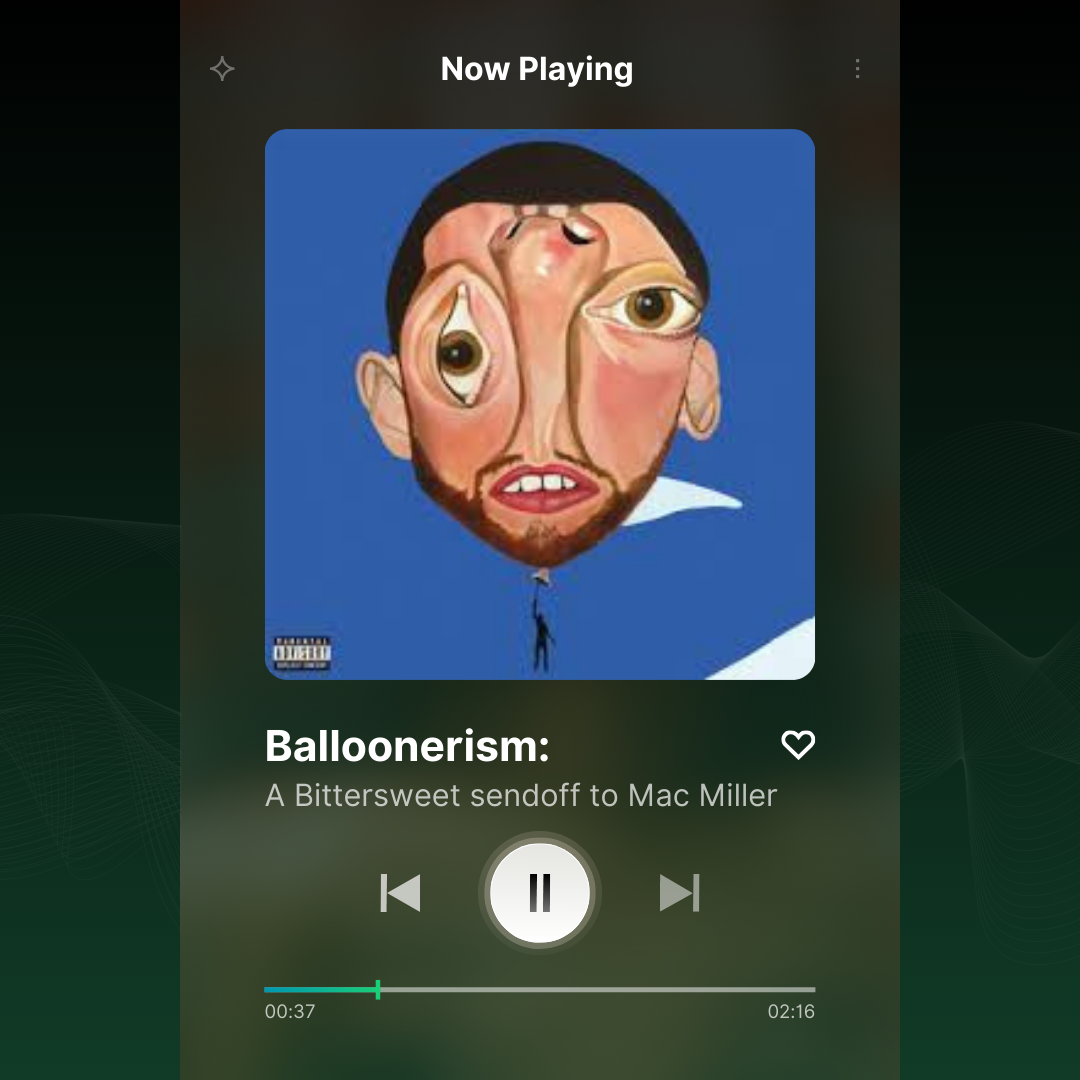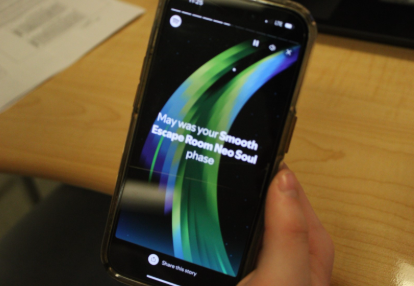In the midst of war between Israel and Hamas, the media plays a critical role in shaping narratives, molding perceptions, and further fueling people’s emotions. Every few minutes, we see and hear new updates via social media and the news. People often believe everything they see on their Instagram feed without question and not knowing whether it’s credible or not, which then leads to the spread of misinformation and misunderstanding. So, the question is, how do we distinguish the fine line between propaganda and the truth?
What is Propaganda?
Propaganda is a form of communication aimed at influencing people’s beliefs or actions, often through biased or misleading information. Propaganda can have many forms: Advertisements, political campaigns, or media messages. The harms of propaganda lie in its potential to manipulate public opinion and create biased perspectives.
Propaganda That Has Been Proven False:
One well-known example of this is Joe Biden’s claim of Hamas killing and “beheading 40 babies.” This misinformation spread like wildfire and caused a huge uproar with people criticizing Hamas for taking the lives of innocent babies. However, this was later proven to be false, as Biden’s team clarified that he hadn’t seen any evidence of children being beheaded by Hamas and that he was simply referring to the public statements made by the media. An Israeli government official even stated that they could not confirm if babies were really beheaded following the Hamas attack on October 7th.
Along with this, there have also been instances with Israeli propaganda that have proven to be false. There had been a tweet circulating from the official account of the Embassy of Israel to the USA, which shows pictures of “teeth” that had been sifted through the rubble from the destruction. The tweet states, “This is all that is left of the murdered children of Be’eri. They were tortured, dismembered, and then burned to death by Hamas terrorists. Archaeologists had to sift through the rubble to find their teeth. This is Hamas,” to which dentists have responded to and stated that the photos provided are not in fact teeth, but in fact dental bridges and porcelain crowns. One user, @iamdrjoe, who is a dentist, even claims that “dental bridges are mostly done on adult patients.”
Another instance of Israeli propaganda was when the Israel Defense Forces (IDF) soldiers posted a video of them saying they have found a list at a Gaza hospital, and they claim that the list says, “In Arabic, this list says, ‘We are in operation, the operation against Israel, started in the seventh of October.’ This is a guardian list where every terrorist writes his name and every [terrorist] has his own shift guarding the people that were here.” This claim was immediately debunked, as the IDF soldier in the video was reading the Arabic letters from left to right, while Arabic is read from right to left. It has also been proven by hundreds of native Arabs that the “list” the IDF soldier was reading aloud was just a calendar with the names of the days of the week.
Putting a Stop to Propaganda?
There is no doubt that certain media coverage has influenced public perceptions of the Israel-Palestine conflict. Gainesville High School student Danyah Kahla (’26) states that “the mainstream channels such as CNN and others have dramatically show large amounts of bias regarding the Palestinian point of view, heavily showcasing ‘false’ videos and images and saying that these are staged and/or using said videos and rebranding it as to the Israeli victims which is false.”
“This bias was evident in the framing of headlines, selection of images, and the overall tone of reporting. They would downplay the Palestinian loss to ‘accidental’ and any form of fighting back would be labeled as antisemitism,” says Kahla.
There are many ways that news channels and media outlets can act against propaganda and can implement this practice into their everyday lives. “The news channels and media outlets could start by informing the public of the real historical events that have led to today’s situation. They could also remove the biases and place an even light on both sides at the same time without dimming the light of one for another,” says Kahla.
Journalists, such as Palestinians Motaz Azaiza and Bisan, have been navigating the challenges of reporting on this conflict without promoting direct bias by documenting the events occurring in Palestine in their everyday life. “Videos and images of dead children and women show the rest of the world that regardless of the journalist’s background there are people dead and dying every second. The way they chose to share the Palestinian genocide was through their own lenses… Being a Palestinian journalist documenting their own peoples struggle comes with a bias itself as this is a struggle, they grew up being taught. Showing the world real proof and evidence of the dead is the only way they must persuade humanity,” says Kahla.
Since the beginning of the war of Israel and Hamas, people have spoken out about the double standards when it comes to media coverage, and they have often compared the situation to the war between Russia and Ukraine. While the self-defense of Ukraine against the occupation of Russia was supported and praised, the self-defense of Gaza against the occupation of Israel is condemned. Journalists such as Bianca Graulau and Aaron Bastani have spoken out about this, and even singer Zara Larsson posted a statement on her Instagram story stating, “Oh so it’s stand with Ukraine when Russia invades but not Palesti- [sic].”
When the media becomes a potent influence in the Israel-Hamas war, our society must be on the lookout to distinguish the truth between propaganda and real news. As a society, we must be more alert, but media sources need to also provide objective context and balanced reporting in order to prevent the spread of misinformation.

